Introduction
Ah, toilet training. That magical (read: messy) phase where you realize your little one is growing up, and so is your laundry pile. If you’re a mom standing at the edge of the diaper-free cliff, wondering whether to jump — welcome. You’re not alone.
Toilet training isn’t just about getting your child out of diapers. It’s about patience, timing, a ton of encouragement, and the occasional deep breath in the bathroom (sometimes yours, not theirs). Let’s walk through this wild yet wonderful milestone together.
Is Your Child Ready? (And Are You?)
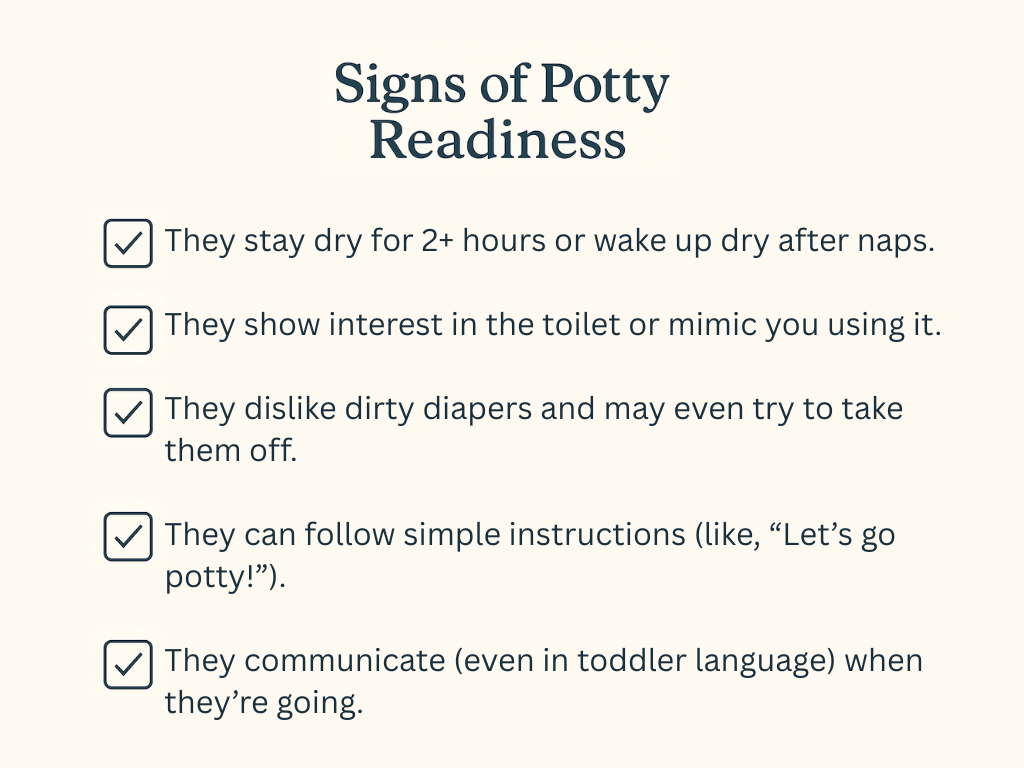
Before you ditch the diapers, check for signs of readiness — and not just in your child. YOU need to be ready too. Toilet training is teamwork.
Signs your child might be ready:
- They stay dry for 2+ hours or wake up dry after naps.
- They show interest in the toilet or mimic you using it.
- They dislike dirty diapers and may even try to take them off.
- They can follow simple instructions (like, “Let’s go potty!”).
- They communicate (even in toddler language) when they’re going.
If your child ticks a few of these boxes, it’s go time.
The Mindset Shift: Progress Over Perfection

Let’s get one thing straight — this is not a race. Some kids are potty trained by two, others by three-and-a-half. And that’s OK. Every child has their own timeline, and comparing yours to the neighbor’s “potty prodigy” only makes it harder.
Also, expect regressions. Even if you think your toddler’s got it down, a change in routine (travel, new sibling, switching daycares) can bring back the pee-pee accidents. Stay calm — this is part of the process, not the end of it.
The Tools: What You Need

You don’t need to turn your bathroom into a theme park, but a few basic things can help:
- A potty chair or seat adapter: Let your child choose one if possible. Ownership helps.
- Training pants/underwear: Ditching diapers feels more “grown-up” to toddlers.
- Books and songs: There are plenty of fun, potty-themed ones that make it less intimidating.
- Step stool: So they can reach the sink and feel independent.
- Patience… lots of it. And maybe chocolate (for you).
The Approach: Choose What Works For You
There’s no one right method, but here are a few popular ones:
1. The Gradual Approach (aka Slow and Steady)
Perfect for busy families and chill toddlers. Start by:
- Sitting your child on the potty at regular intervals.
- Letting them wear diapers but encourage potty use.
- Celebrating every attempt, not just success.
2. The 3-Day Method
More intense but effective for some. It involves:
- Clearing your schedule for 2–3 days.
- Going all-in: no diapers, just underwear.
- Watching for signs and rushing to the potty.
Yes, it might get messy. But some moms swear by it.
3. The Desi Way
We know how our parents did it — without YouTube tutorials or themed potty seats. Often starting early, often on the floor, and always with a steady stream of “Shhhh!” sound effects. The traditional method works too — especially when grandma’s in town!
Celebrate, Don’t Bribe (Well, Maybe a Little)
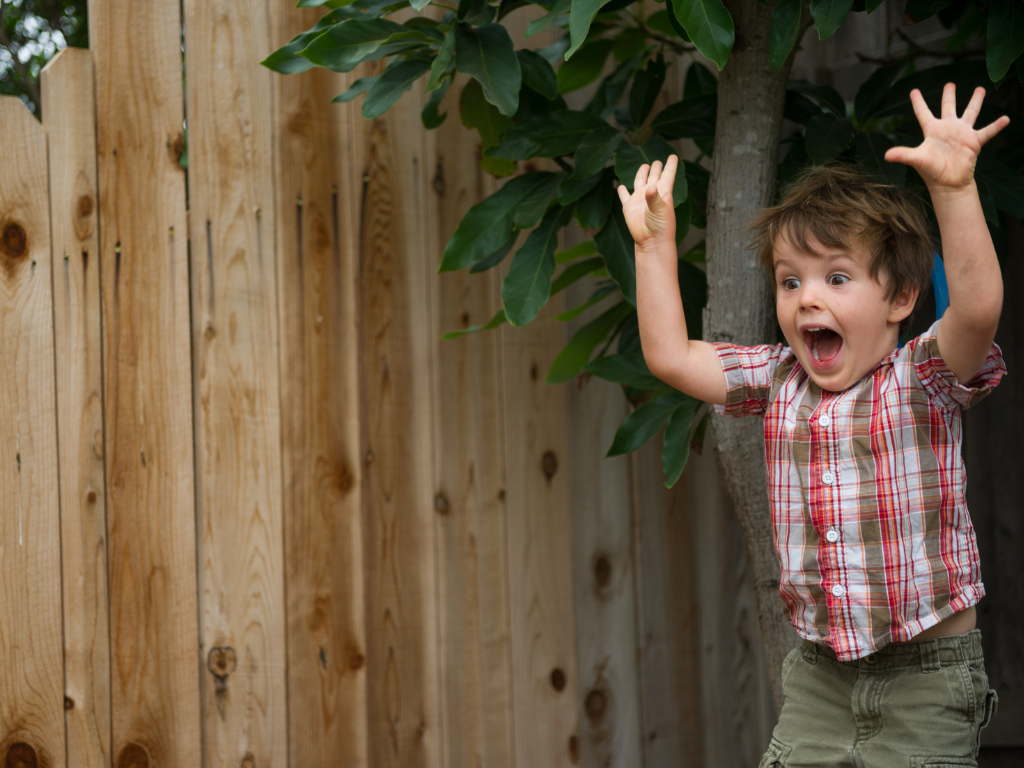
Every successful pee or poop deserves a mini-celebration — high-fives, claps, or even a little dance party. Avoid too much bribery, but if one tiny M&M or sticker after each success helps, go for it. It’s a phase, not a lifestyle.
Dealing with Accidents (Because They’ll Happen)
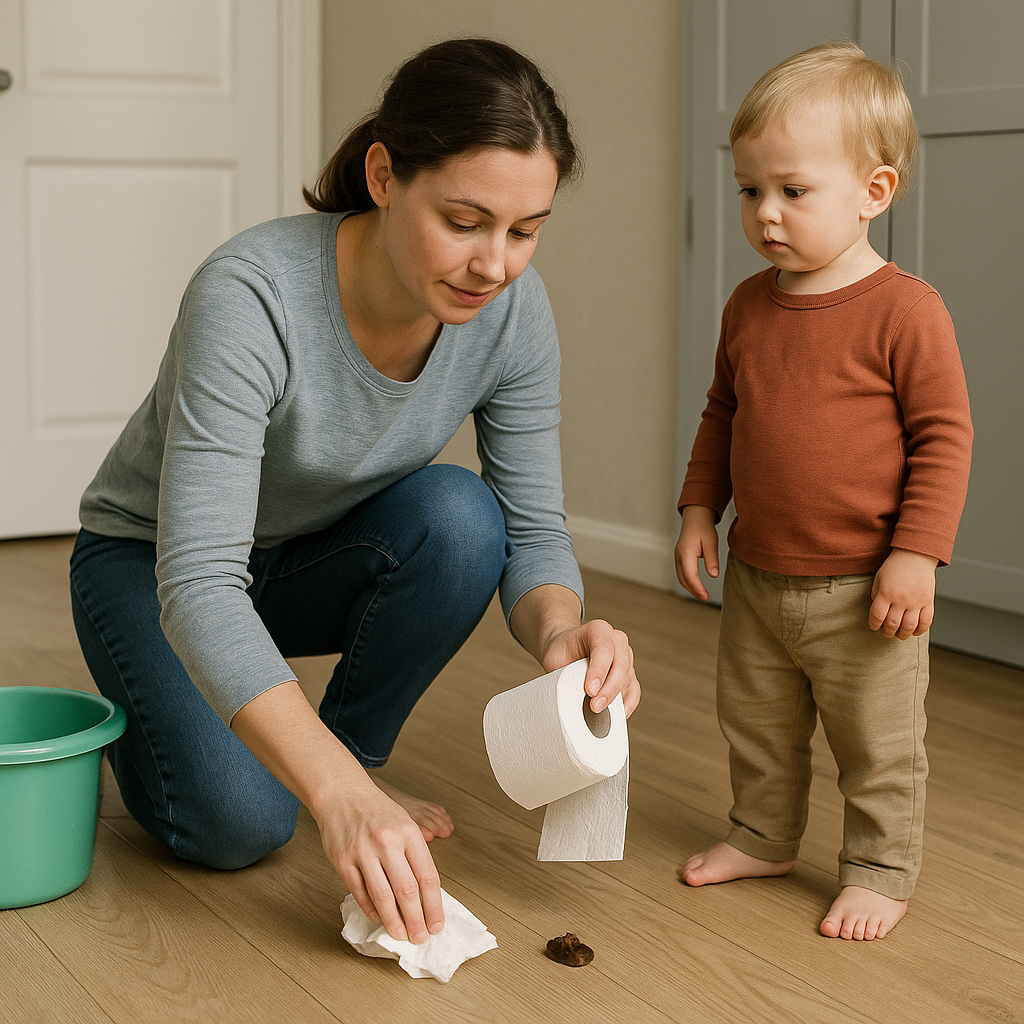
When (not if) your child has an accident:
- Stay calm. Seriously, no guilt or drama.
- Say, “Oops! That’s okay, next time we’ll use the potty!”
- Have extra clothes ready, especially in public.
Remember: this is a huge skill your child is learning. If you wouldn’t yell at them for falling when learning to walk, don’t shame them for a slip-up now.
Night Training: A Whole Other Ball Game
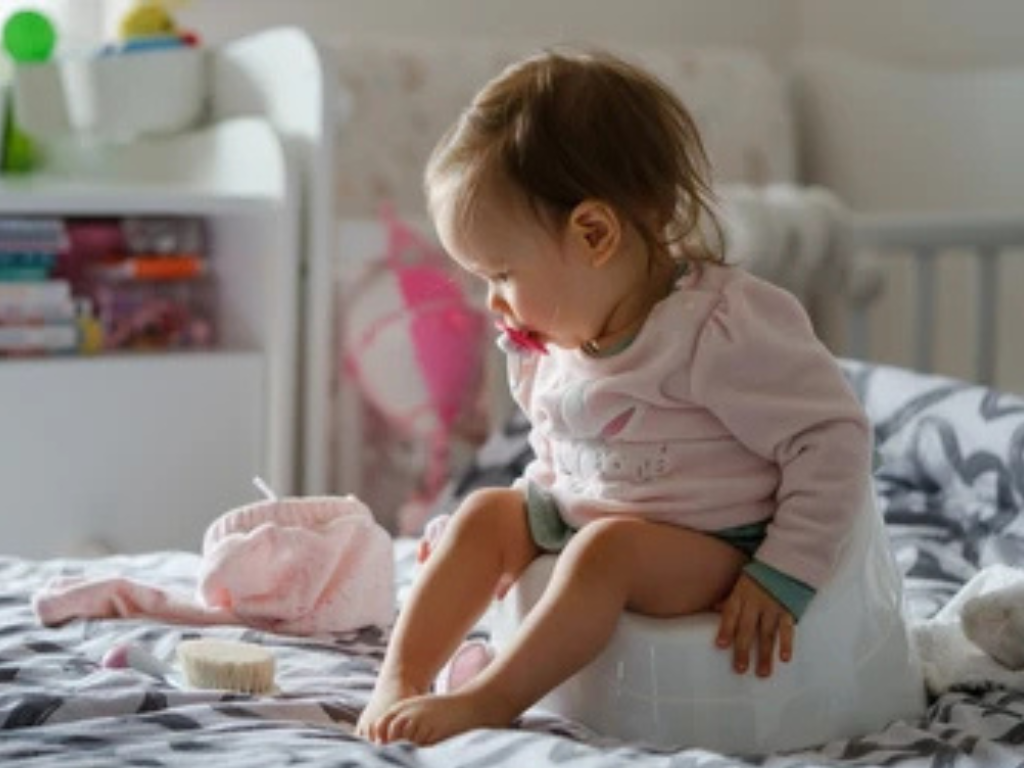
Daytime control comes first. Night training can take months longer — and that’s totally normal.
Tips for nighttime:
- Limit liquids before bed.
- Take them to the potty right before sleep.
- Use waterproof sheets.
- Wait until they’re consistently dry before ditching overnight diapers.
Trust us — changing wet beds at 2 AM gets old real fast.
The Emotional Side (For Both of You)
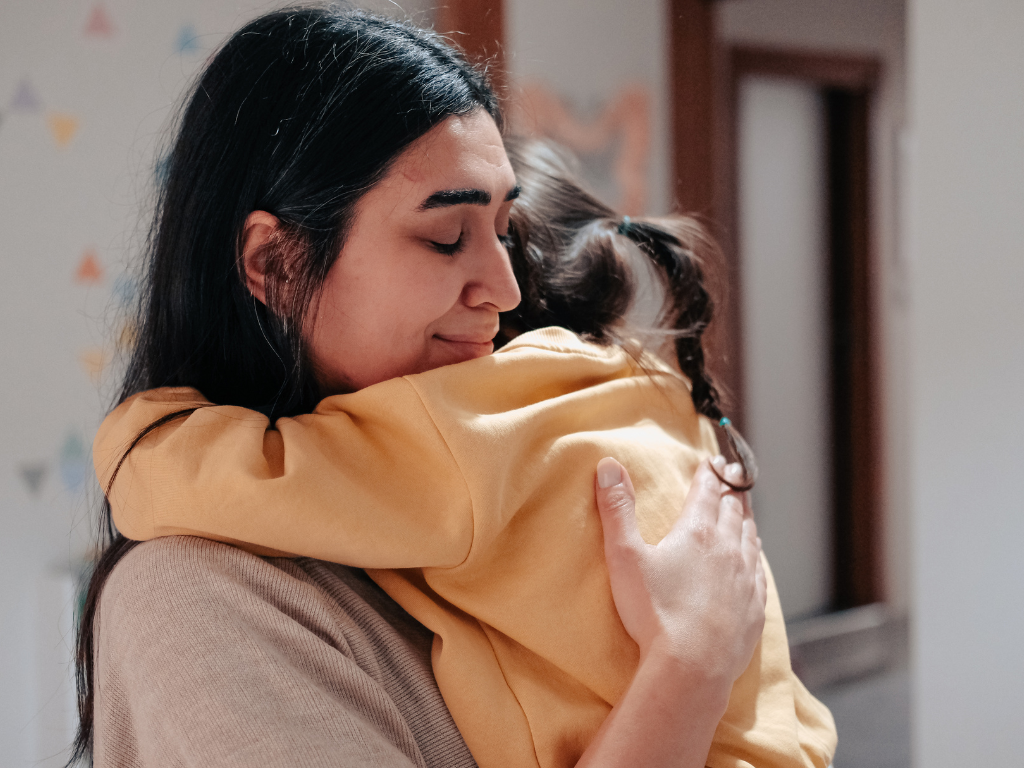
Toilet training can be emotional. Your child may get frustrated. You might feel like giving up. But don’t underestimate the bonding in this phase — you’re cheering them on, wiping tears, and wiping… well, other things.
They may be small, but this journey teaches them confidence, control, and independence. And it teaches you grace.
Common Potty Problems (and How to Solve Them)
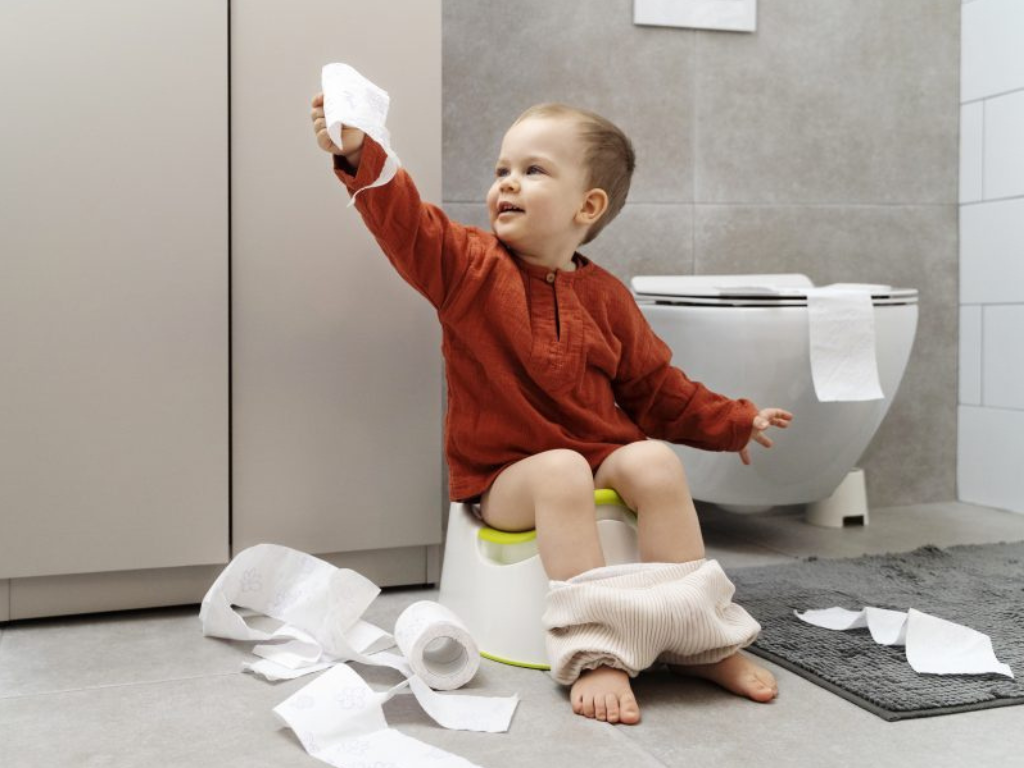
- Refusing to sit on the potty? Let them choose a special potty or decorate it with stickers.
- Poop anxiety? Many toddlers fear pooping on the potty. Offer privacy, read a book, or try when they’re relaxed (like after a bath).
- Power struggles? Back off. Let them feel in control. Sometimes, taking a break and restarting in a few weeks helps.
Final Thoughts: You’ve Got This, Mama!
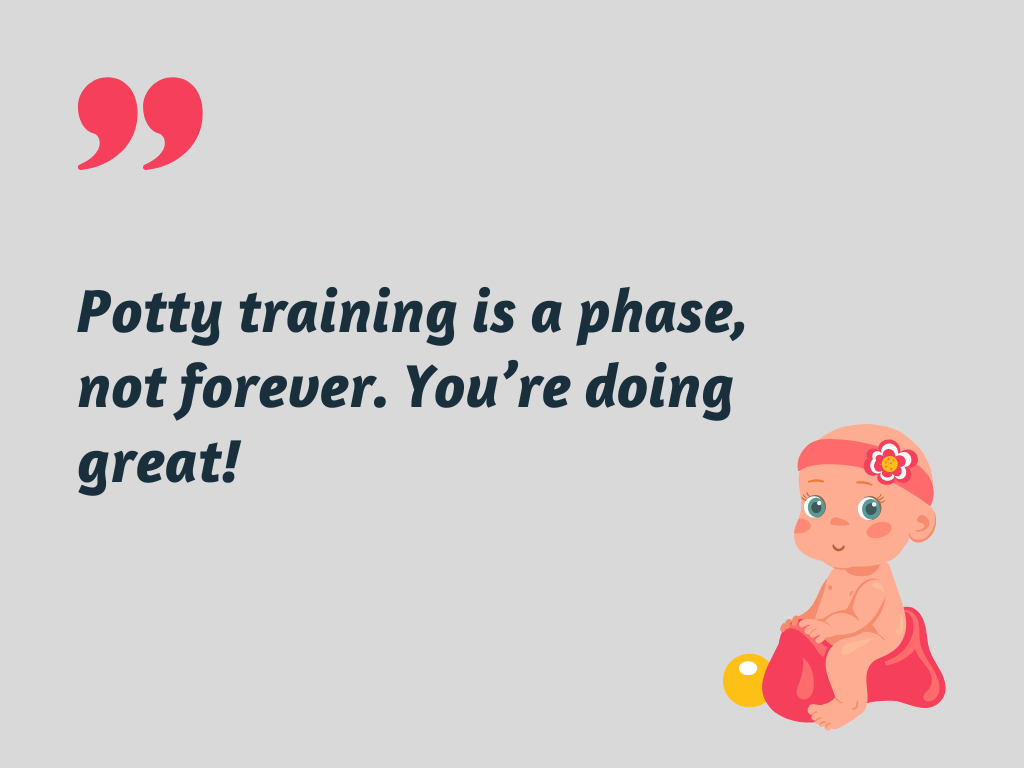
Toilet training is a rollercoaster — hilarious, frustrating, emotional, and beautiful. Don’t let accidents or delays steal your joy. You’re not just teaching potty skills — you’re showing your child what patience and support look like.
So breathe, laugh at the madness, stock up on tiny undies, and remember — every diaper-free day is one step closer to freedom… and a lighter handbag!

